

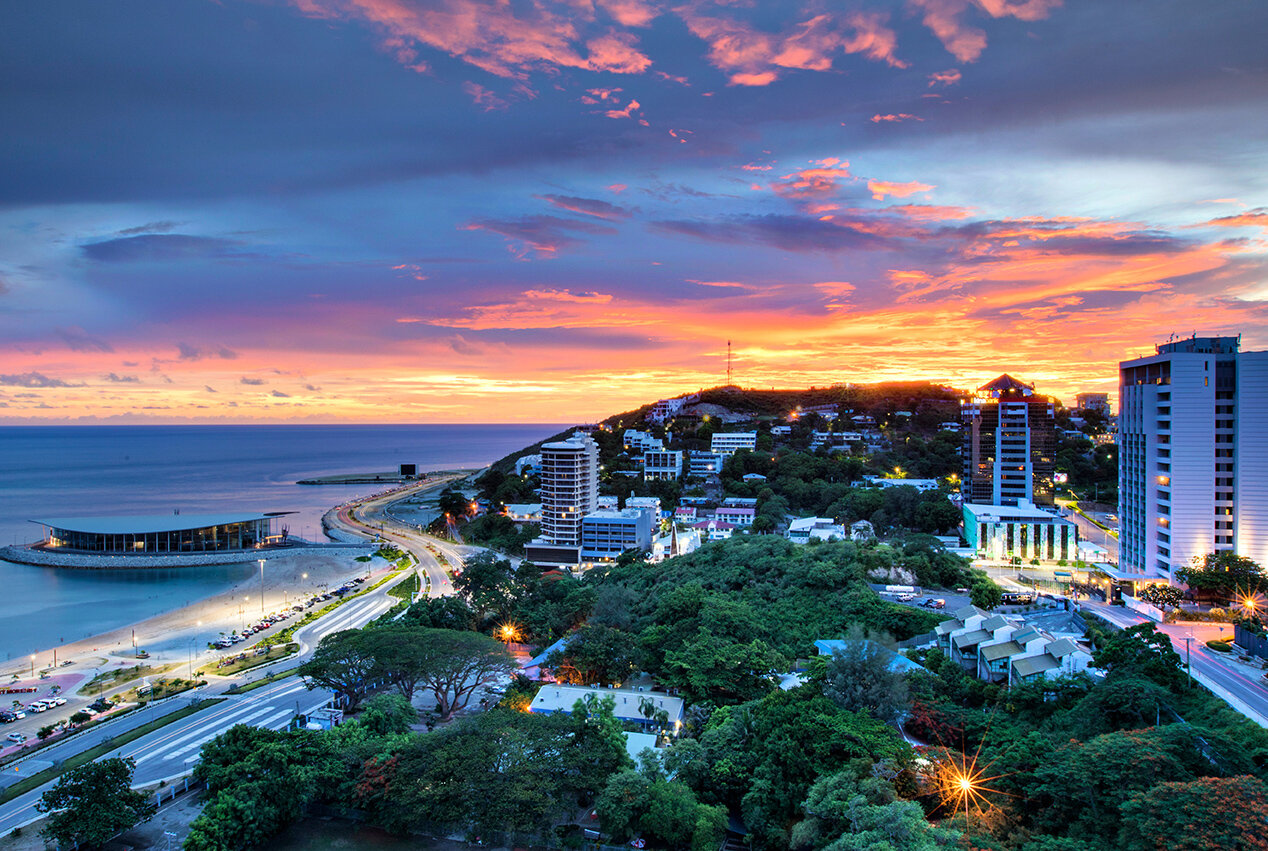
PORT MORESBY
Be sure to visit the National Parliament (outside view only) and the National Museum. This beautiful museum houses a superb collection of artifacts collected from the country’s 800 different tribes. Also visit the beautiful Nature Park, the country’s first combined zoological and botanical gardens, situated at the University. The highlight of this tour is an excellent orchid collection.
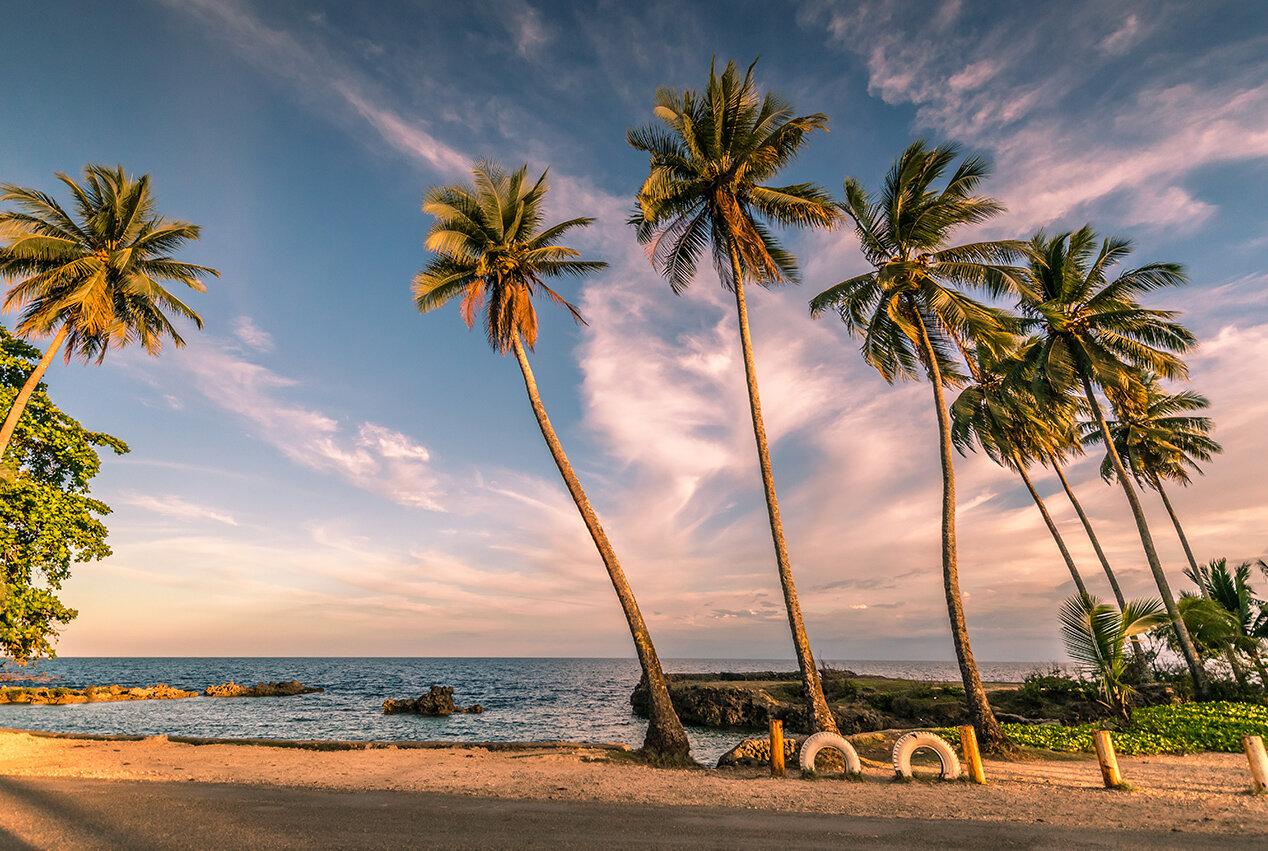
MADANG
Enjoy a snorkel tour to Tadwai Island, a coral cay. Marvel at the plant life and tree species growing on ancient volcanic rocks swept by ocean waves. Snorkel in the calm, protected waters of the lagoon, which abounds with colorful tropical reef fish and swaying soft corals. This excursion is a delight for the senses, an experience at once compelling and supremely relaxing. Visit the village of Siar to explore the central market, lighthouse, Madang Cultural Museum and harbor area. Explore Bilbil village, famous for its earthenware pots. See an interesting demonstration of local pottery techniques.
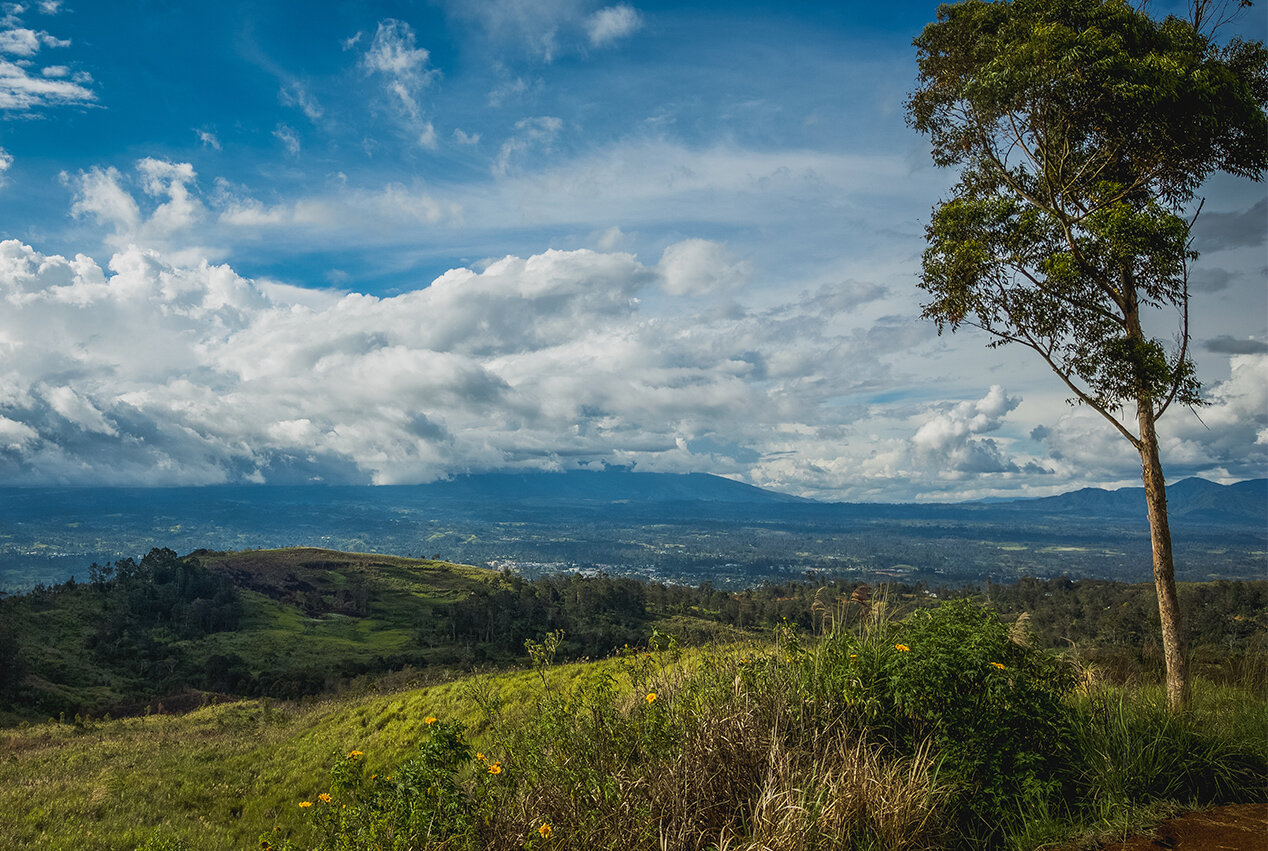
MT. HAGEN
Explore the Waghi Valley. This was the first of the highland valleys to be contacted by Europeans and as a result is the center of development in the highlands. Until the Waghi was seen by Taylor and Leahy in 1933, it was generally thought that the mountains of Papua New Guinea were uninhabited wilderness. In contrast to this is the real Waghi Valley, which we will see today. It is a fertile area covered in flourishing tea and coffee plantations interspersed with picturesque village homesteads, surrounded by traditional food gardens still tended by women in the age-old way.
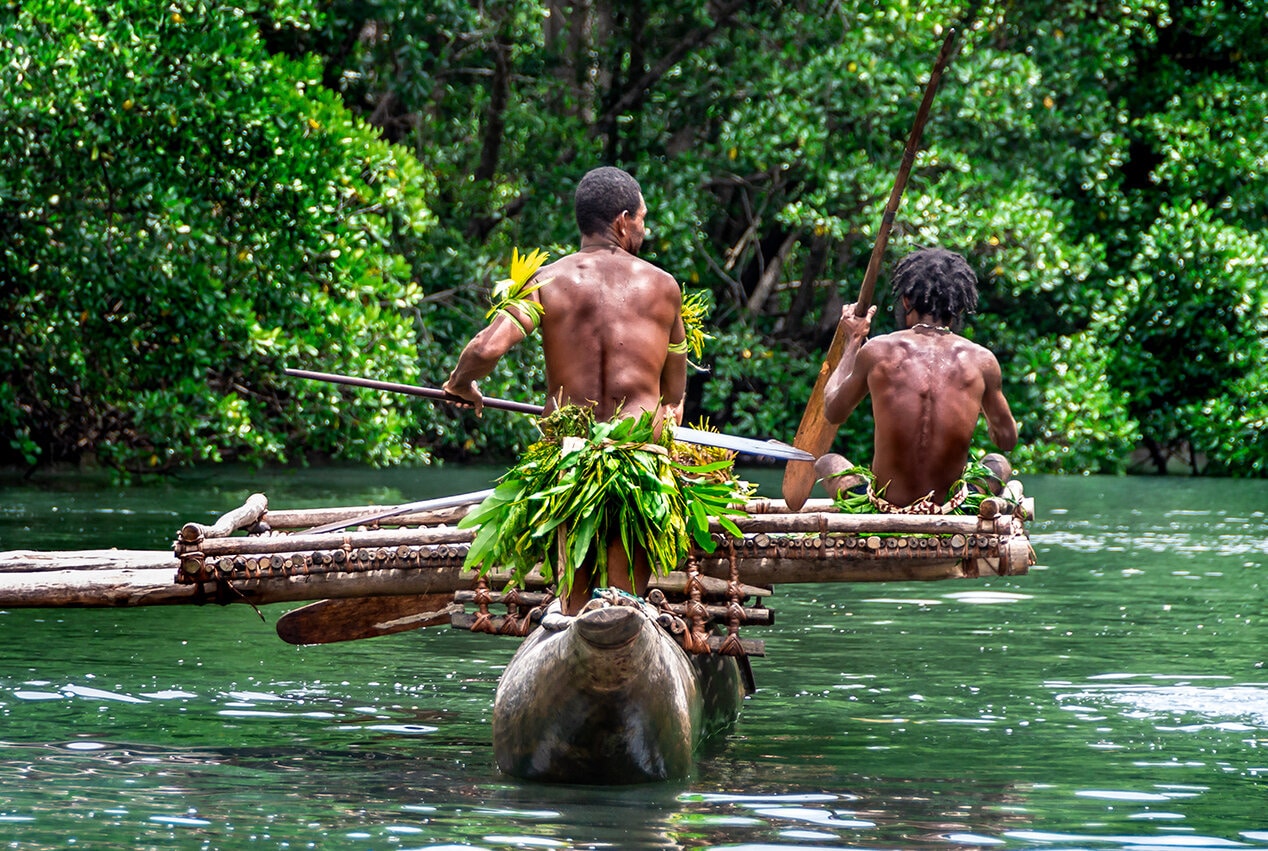
KARAWARI
Here you will find the jungle-fringed waterways of the Karawari River, where boatmen, standing upright, paddle slender dugout canoes, which are sculpted to resemble crocodiles. This area is home to some of the more isolated communities in Papua New Guinea. Having lacked access to metallurgical technologies or domesticable animals that could pull a plow, these communities used Stone Age technology well into the 20th century. By way of elaboration, it was in Papua New Guinea that UCLA professor Jared Diamond was asked by a local elder, “How is that the white man has all the cargo?” His answer (20 years in the making), was published in the Pulitzer Prize-winning Guns, Germs and Steel, which explains gaps in power and technology between human societies as originating in environmental differences: that is, you can’t hitch a marsupial to a plow.
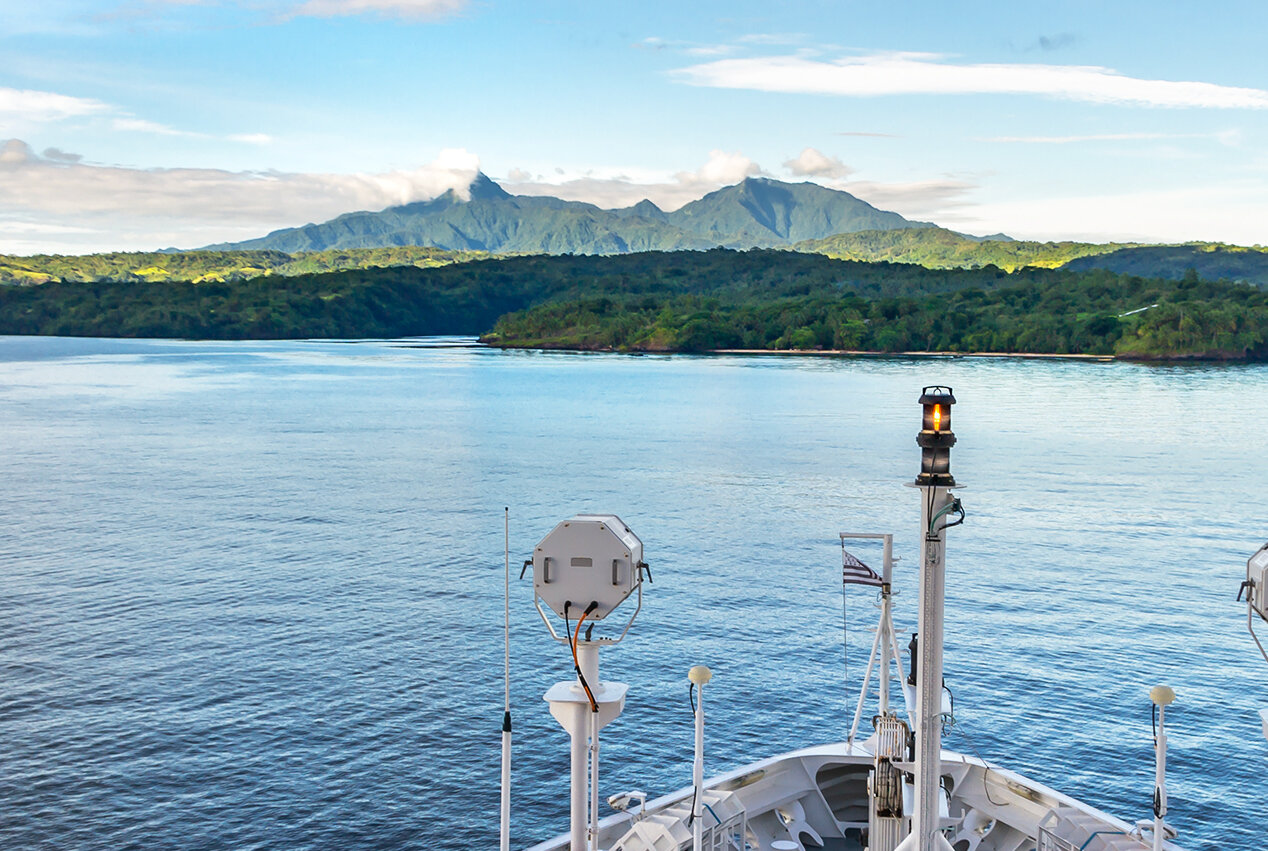
TUFI ISLAND
Here explore the fjords surrounding Tufi, meeting village elders, interacting with the locals and learning about their ancient customs of tapa cloth making and facial tattoos. For lunch, stop for a beach barbecue on a secluded stretch of sand.
sign up for our
Newsletter
Stay current with all the latest being offered from ATJ, as
well as updates on Asia Destinations.























